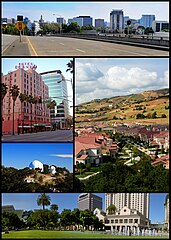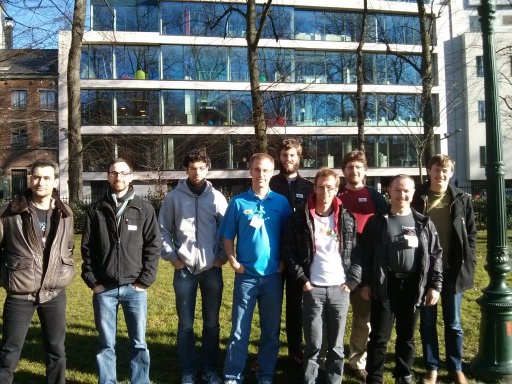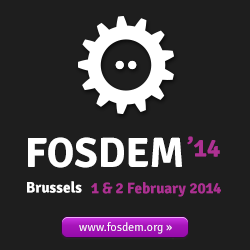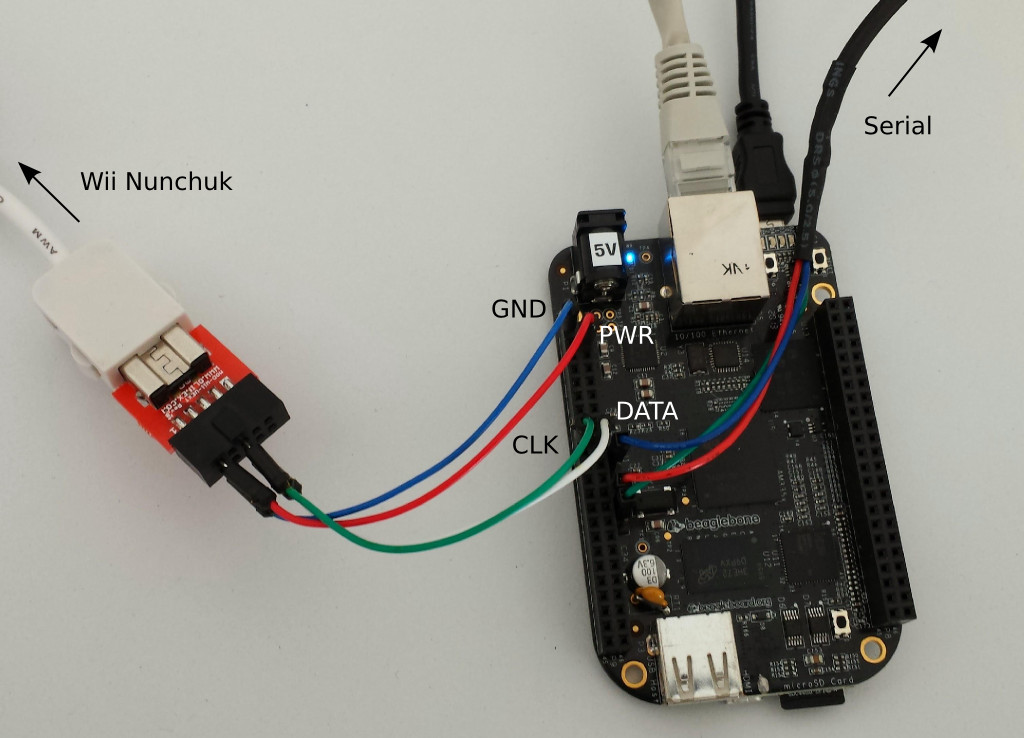We are happy to announce that our engineering team has recently welcomed two new embedded Linux engineers: Boris Brezillon and Antoine Ténart. Boris and Antoine will both be working from the Toulouse office of the company, together with Maxime Ripard and Thomas Petazzoni. They will be helping Bootlin to address the increasing demand for its development and training services.
Antoine started his professional experience with Embedded Linux and Android in 2011. Before joining Bootlin in 2014, he started with low level Android system development at Archos (France), and worked on Embedded Linux and Android projects at Adeneo Embedded (France). He joined Bootlin early March, and has already been involved in kernel contributions on the Marvell Berlin processors and the Atmel AT91 processors, and is also working on our upcoming Yocto training course.
Boris joined Bootlin on April, 1st, and brings a significant embedded Linux experience that he gained while working on home automation devices at Overkiz (France). He was maintaining a custom distribution built with the Yocto. Boris also has already contributed many patches to the mainline Linux kernel sources, in particular for the Atmel AT91 ARM SoCs. Boris is also developing the NAND controller driver for the Allwinner ARM processors and has proposed improvements to the core Linux MTD subsystem (see this thread and this other thread).








 The 3.12 kernel has
The 3.12 kernel has